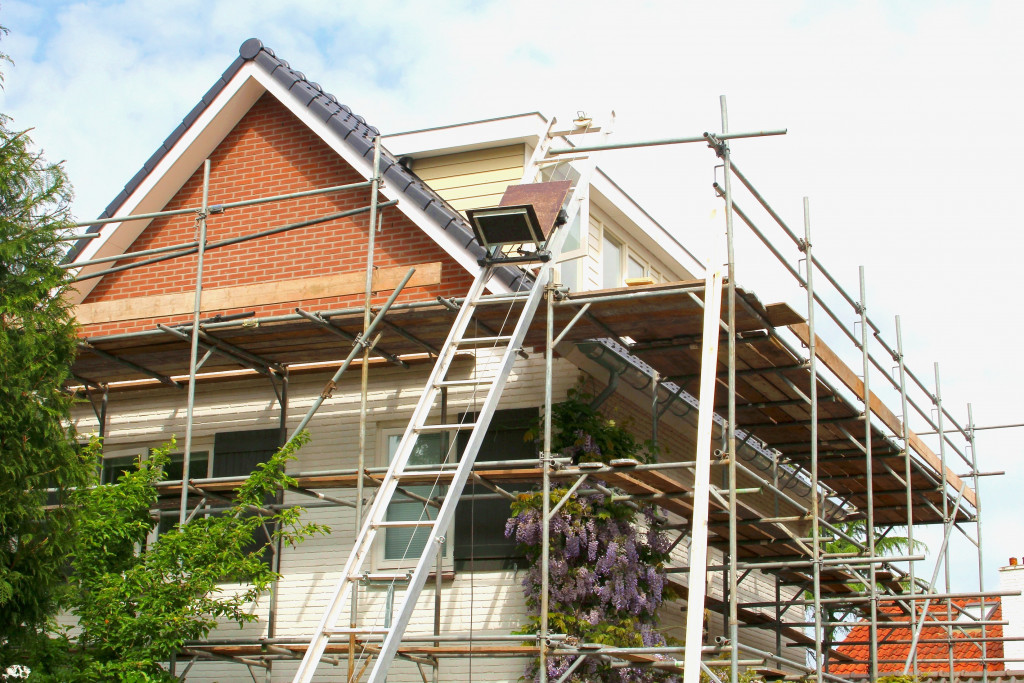Constructing a new building or renovating a house will generate a significant amount of waste no matter how you go around it. Nevertheless, there are many ways you can reduce the amount of waste you produce, not only to make it easier to handle but also for the benefit of the environment.
Let’s start by avoiding these common construction waste management mistakes:
1. Not having the right equipment
We’ve already established that construction projects generate a significant amount of waste. That said, having the right equipment to manage construction waste, regardless of the amount, is one of the essential parts of waste management.
From commercial-use dumpsters to industrial baler machines, choosing the right equipment is of paramount importance when managing construction waste. If you don’t have the right type or number of tools for your needs, it can be easy for debris to accumulate on the site, causing perfectly avoidable delays and increases in costs.
2. Failure to plan ahead
If you want to reduce the amount of waste your project generates, you have to plan for it. Planning should include polishing construction plans to avoid mistakes that can produce excess waste, ordering the right amount of each material that you need, and identifying materials that can be reused or recycled and where to put them as construction goes along.
It should also be made clear to your team that reducing waste is one of your priorities for the job. In this way, the designers, architects, supervisors, and everyone else involved can adjust their plans to generate as little waste as possible.
3. Having surplus
Having surplus material at the end of a construction project is often unavoidable. Here are the common reasons why this happens:
- Not using the right conversion factors
- Failure to check and re-check the quantities provided on the drawings
- Not seeking expert advice when dealing with unfamiliar materials
- Lack of communication between designers, architects, project managers, and clients
- Ordering too much of bulk materials such as cement, fuel, wood, etc.
Leaving excess materials unused not only increases the cost of the project, but it also creates unnecessary waste that will go to the landfills. Hence, avoiding surplus material should be done in the planning stage up to the execution stage.
4. Going straight to demolition
When renovating a house or taking down a structure completely, it is recommended to deconstruct first before demolition. In doing so, your team will be able to salvage materials that can be reused for the project, such as plumbing fixtures, lumber, flooring, and large pieces of metal. Alternatively, salvaged materials can also be donated or sold, which will ultimately save you money.
Deconstructing is also better for the environment as opposed to complete demolition. By taking down the structure “softly,” less toxic dust and heavy metals are released into the air and soil, respectively. Moreover, salvaging materials from deconstruction reduces the amount of waste you send to the landfill.
5. Lack of supervision
Mistakes are bound to happen in construction, even with the best workers on your team. However, too many mistakes can lead to excess waste of materials and an increase in cost.
Lack of supervision can lead to more frequent mistakes on a construction site. Other than that, workers can also be more inclined to steal materials or throw away broken materials without a second thought. Hence, proper supervision is another crucial factor in waste management. Without it, you might face increased costs that are easily avoidable.
The three R’s of construction waste management

Reduce the amount of waste you produce
- Order the right amount of materials and in correct sizes
- Store materials properly
- Reduce construction mistakes as much as possible
Reuse what you can
- Segregate waste properly then;
- Salvage materials that can be reused
- Donate or sell materials to salvage organizations
Recycle what you can’t reuse
- Identify materials that cannot be reused but can be recycled
- Use recycle bins to segregate materials properly
- Send recyclable materials to appropriate recycling plants
The less waste you create, the less money you have to spend on buying materials and getting rid of trash from your construction site. Not only that, but producing less construction waste is beneficial to the environment and your community since you will be sending less waste to the landfills.
Can you think of other mistakes that lead to excess waste production on construction sites? Share your thoughts in the comments below.

